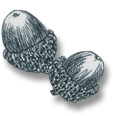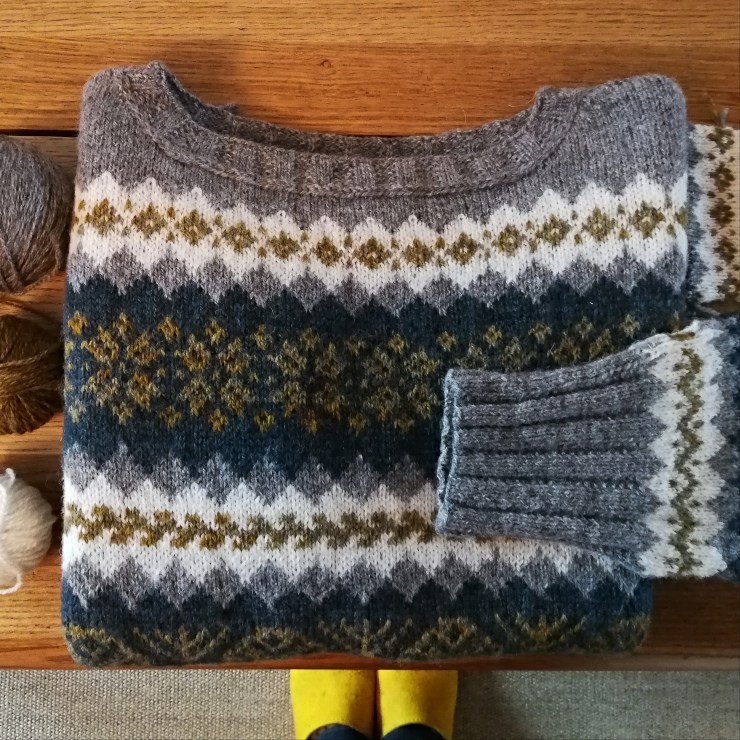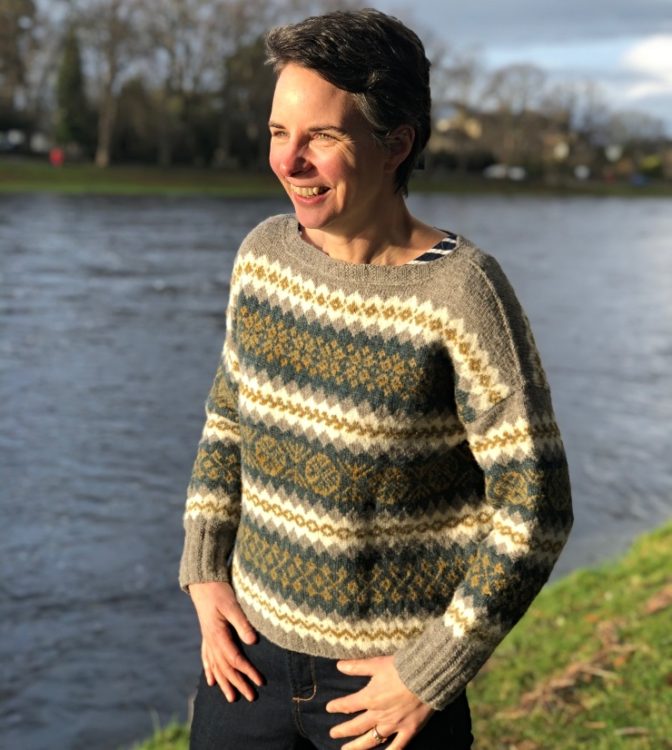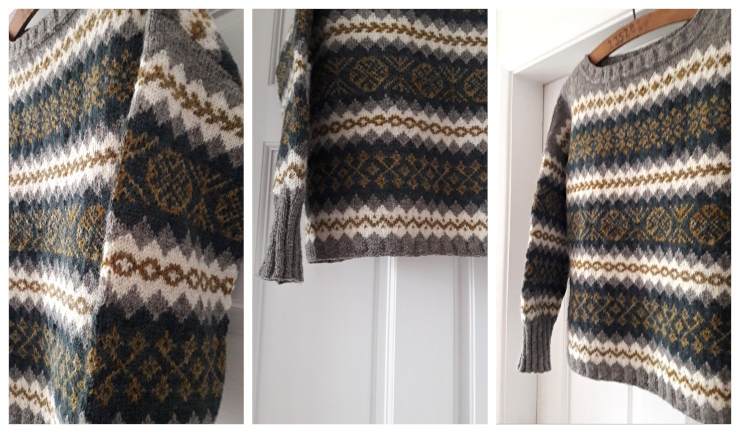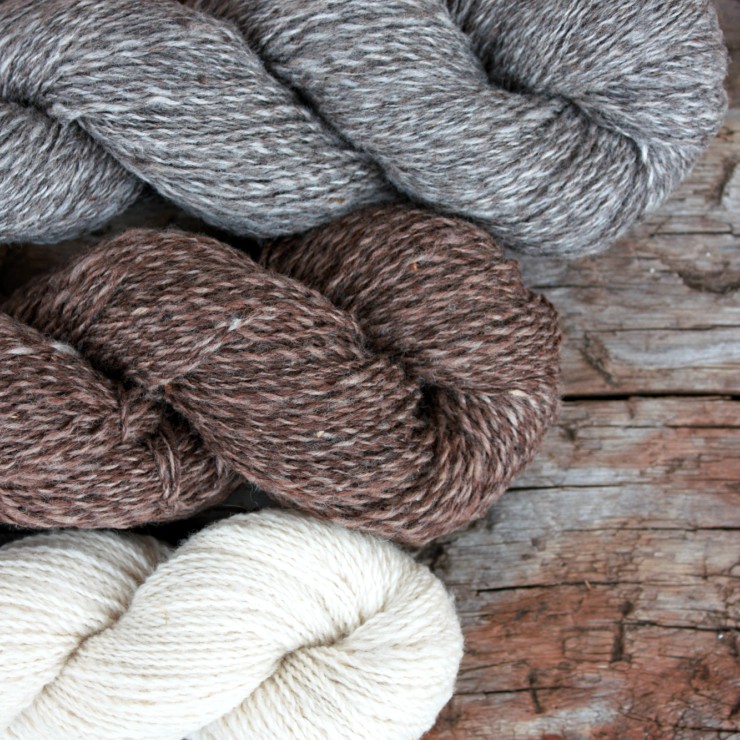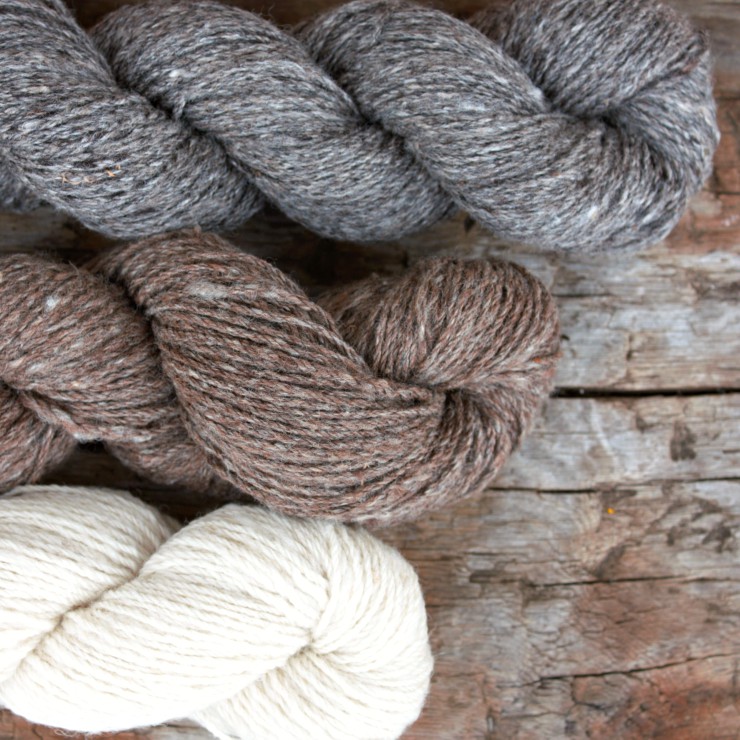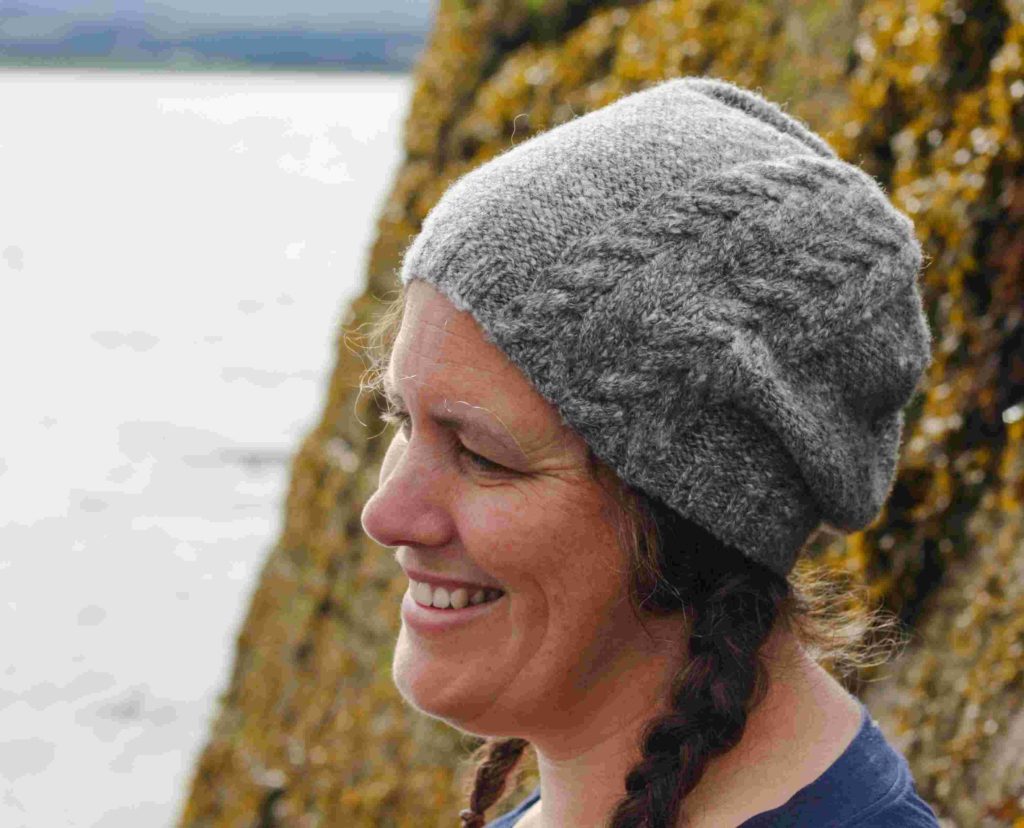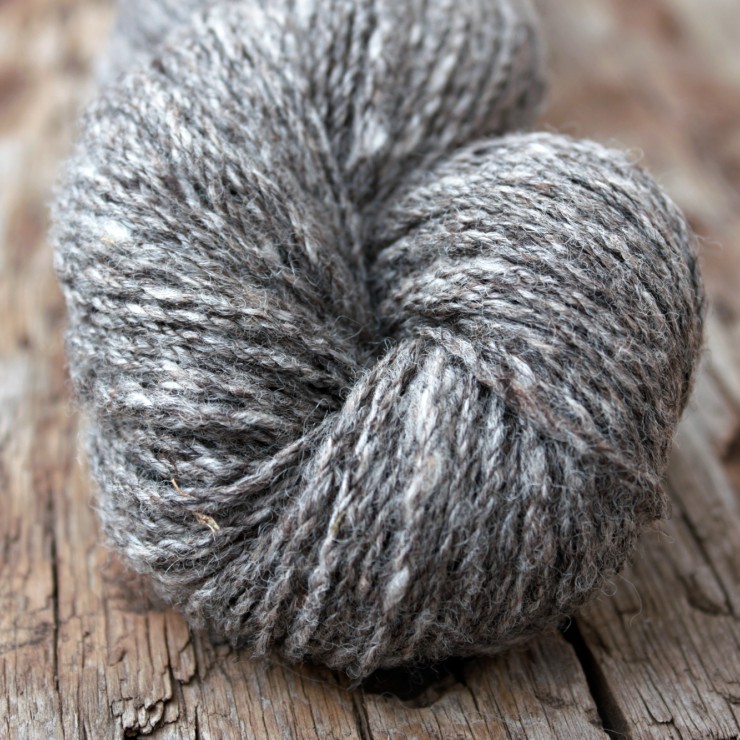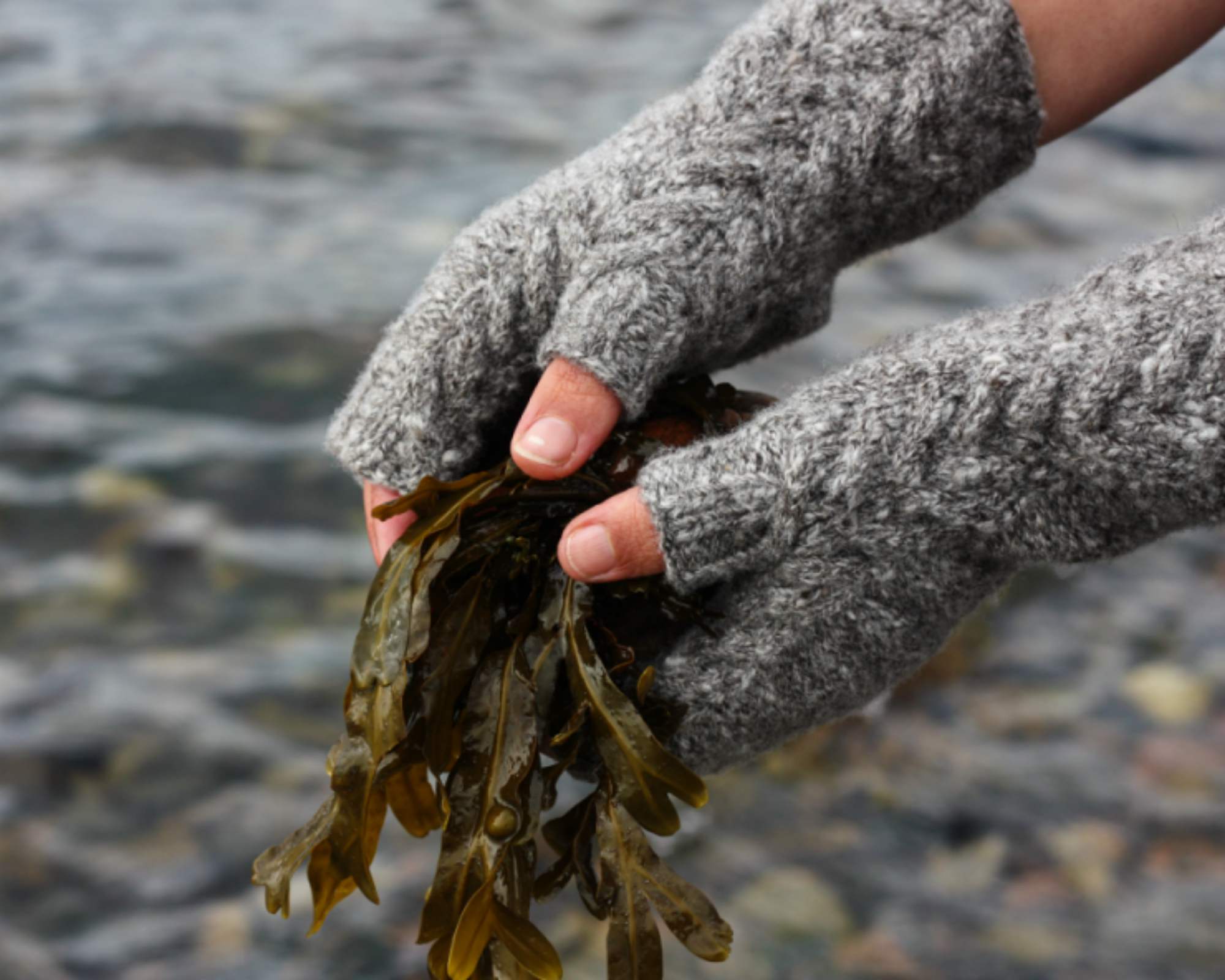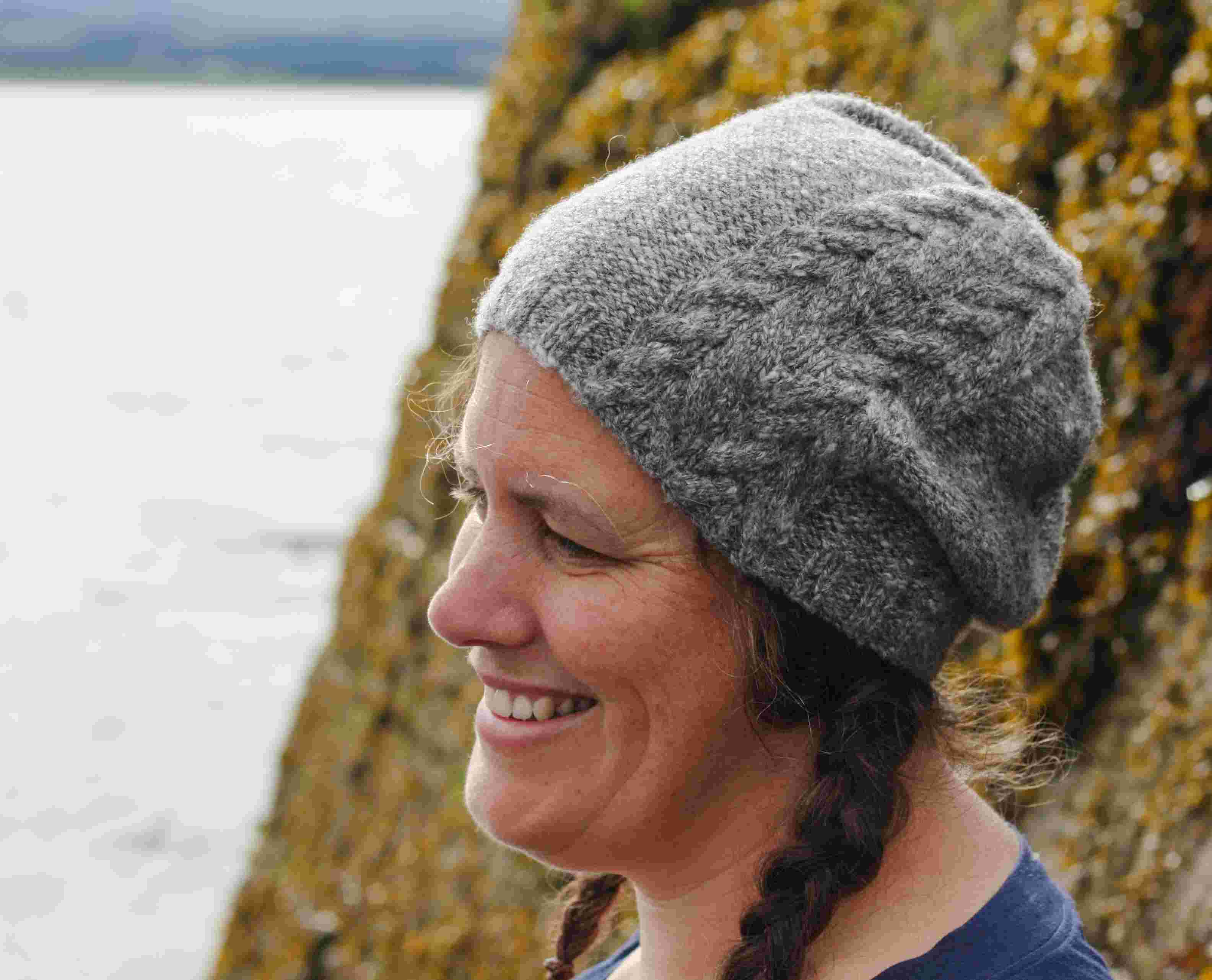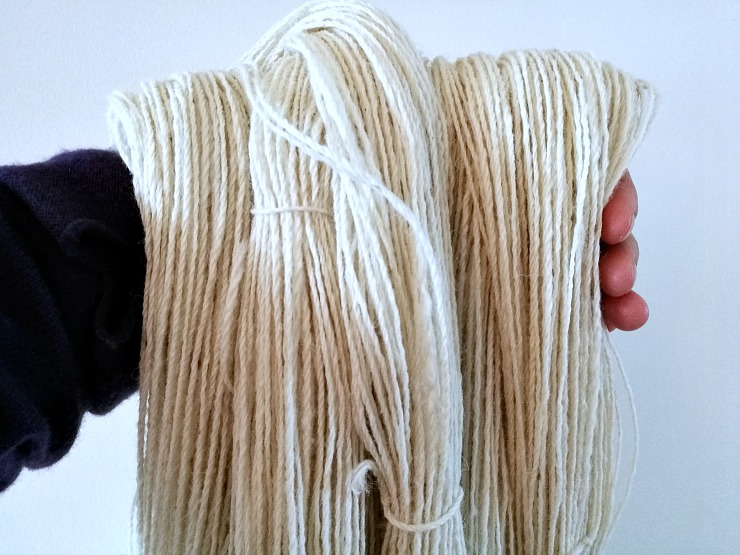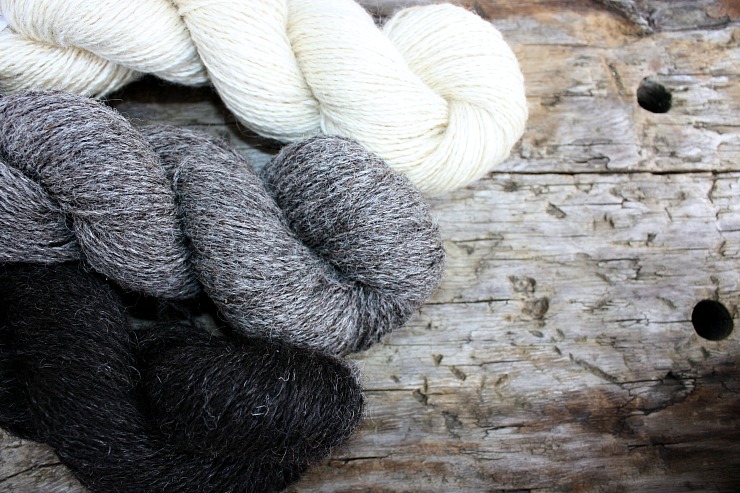The Rothiemurchus Cowl, designed by Mieka John of Salt and Stone Knits, has recently been issued as a single pattern and updated to include multiple sizes. The pattern was originally designed as part of the ‘Perspectives Collection’ specifically for this special design collection in book format, which I produced and was co-edited with my good friend Emily K Williams. You can purchase the Perspectives Collection as a whole in book format directly from my website as a print book (with digital download code) or as a digital download (the collection includes five other superb patterns – the Pityoulish Vest by Emily K Williams, the Feshie Shawl by Maddie Harvey, the Balvattan Mittens by Julia Billings, the Eanaich Shawl by Tyne Swedish and the Inshriach Hat by me).
Perspectives is a design collection inspired by the landscape and wool of the Highlands. Going outside can bring you closer to your inner self. Rooted deeply in the Scottish landscape, these six patterns using naturally dyed Scottish wool take inspiration from outdoor adventures and inward exploration.
The inspiration for the Rothiemurchus Cowl is the iconic Scots pine – gnarled and twisted with age, an enduring remnant of the primeval Caledonian forest. The deep texture of the tuck stitches mirrors the bark of these ancient trees, forming an airy, wind-resistant fabric that protects you in four dense layers. Rothiemurchus can be knit in Auchen Sport or Shetland Heavy 4ply/Sport.
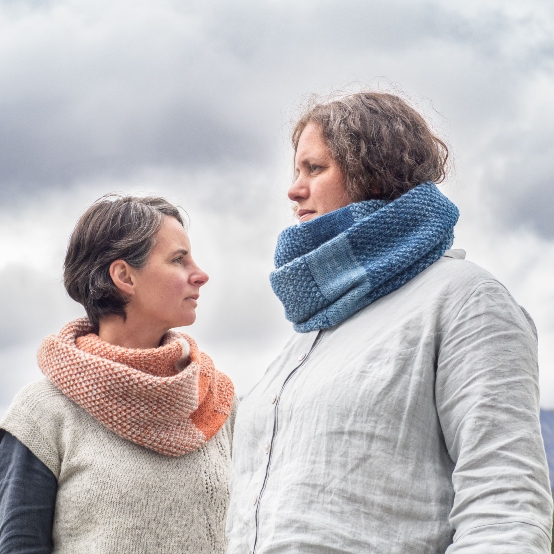
Sizes
4 sizes: Baby (Child, Adult S-M, Adult L-XL)
Samples are knit in Child and Adult S-M sizes. See photos for measurements.

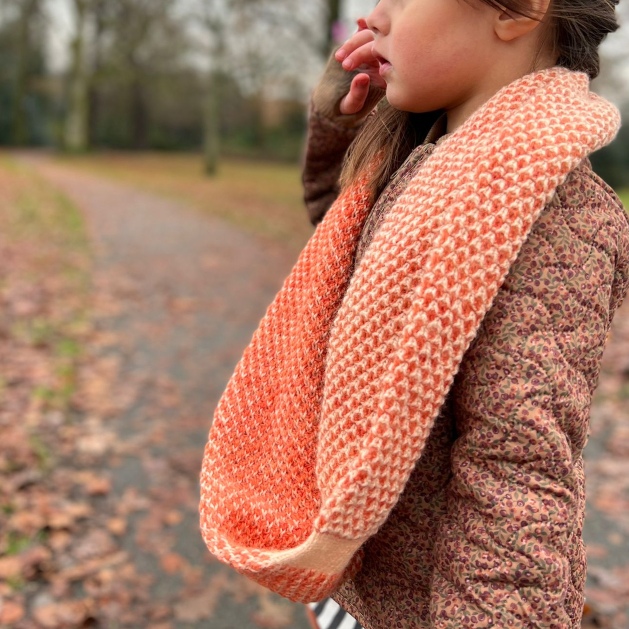
Construction
Rothiemurchus Cowl is knit sideways in the round to create a long tube and grafted together. It starts with a provisional cast-on and a short stockinette band to get in the flow. Simple tuck stitch patterns (adapted from Nancy Marchant’s book “Tuck Stitches”) are worked in two long sections divided by stockinette. The cowl finishes with another band of stockinette, making it very easy to graft closed. Feel free to graft straight for better drape when worn as a single long loop, or add a moebius twist for a better fold when wrapped double.
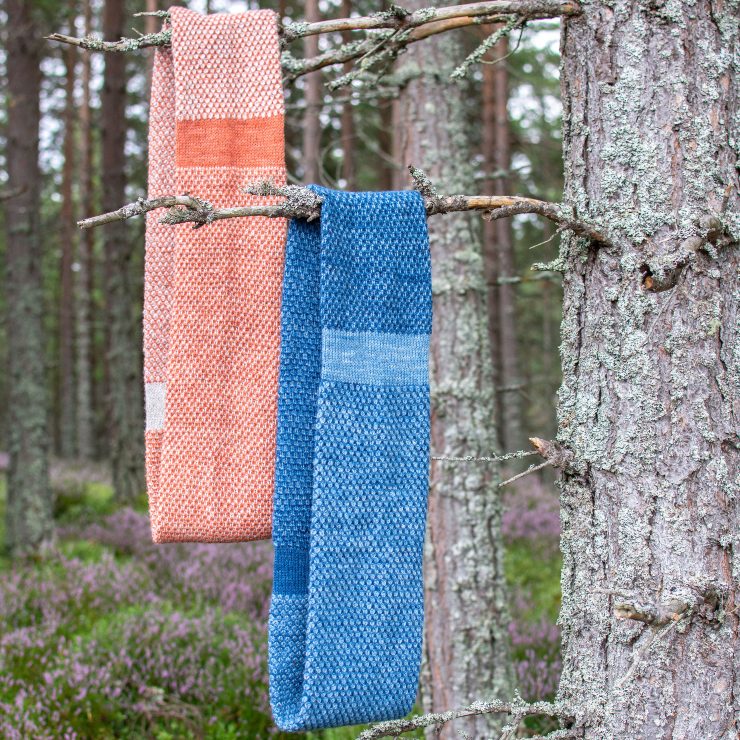
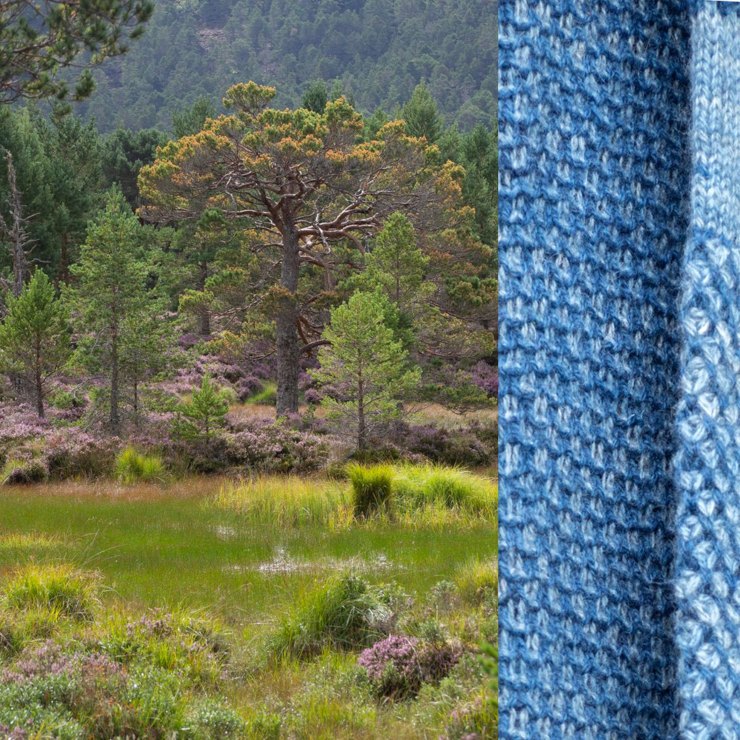
Gauge
Stockinette: 21 sts by 28 rnds on Needle A
Tuck Stitch Patterns 1 and 2: 18 sts by 39 rnds on
Needle B
Block your swatch according to the finishing directions before measuring.
Needles
Needle A:
Suggested Size: US 7 / 4.5 mm
Needle B:
Suggested Size: US 4 / 3.5 mm
Techniques
Provisional cast-on, tuck stitches, knitting in the round, grafting (Kitchener stitch)
Notions
Crochet hook (for provisional cast-on)
Waste yarn or stitch holders
Stitch markers
Tapestry needle
1 spare circular needle, 4.5 mm or smaller
Yarn
Adult Version 1: Auchen
MC: Light Indigo; 1 x 110g skein
CC: Dark Indigo; 1 x 110g skein
Adult Version 2: Auchen
MC: Haar; 1 x 110g skein
CC: Brick; 1 x 110g skein
Child Shetland
MC: Brick; 1x 110g skein
CC: Light Madder; 1x 110g skein
